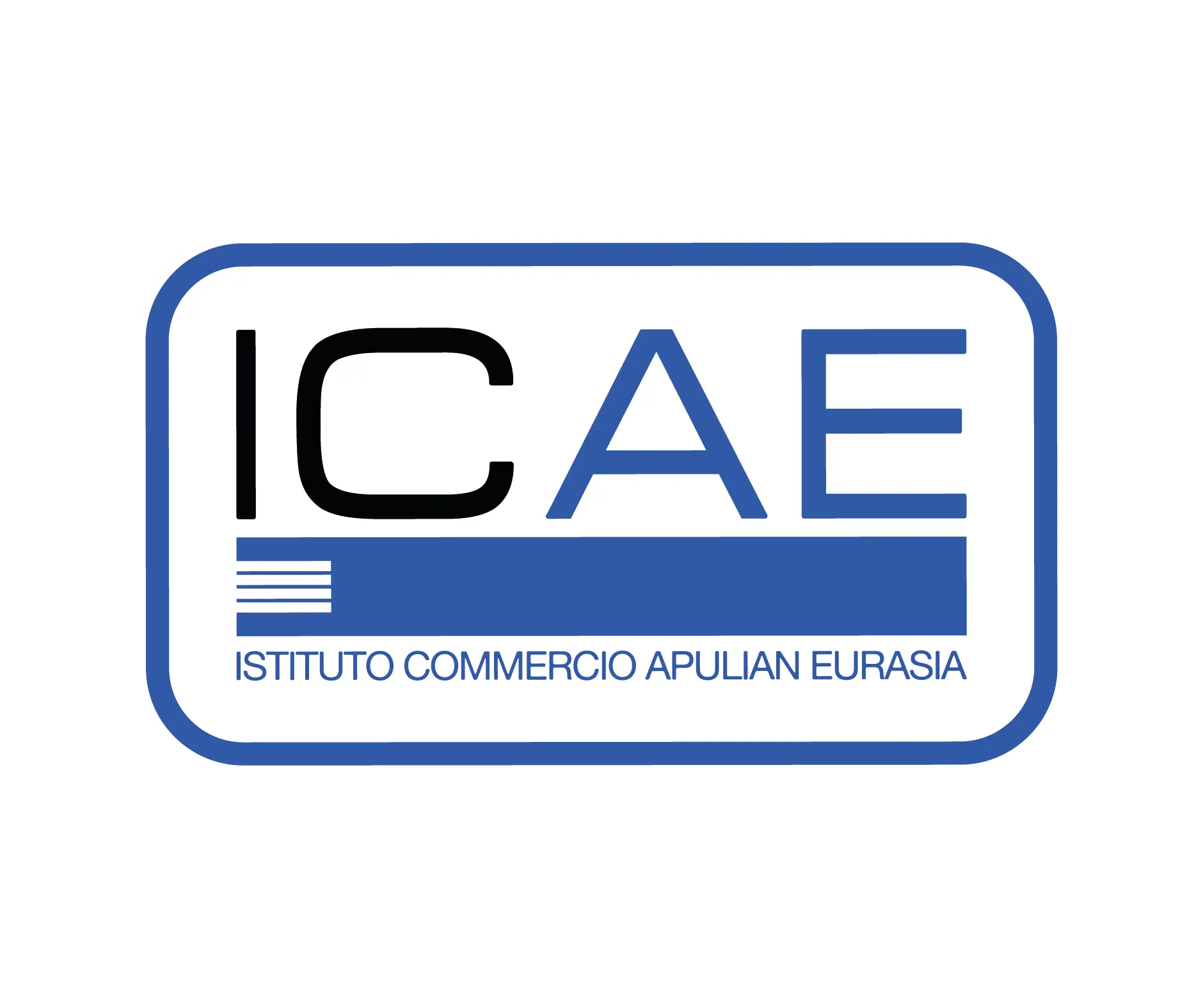The data collected makes finding and reporting on data faster and gives a complete view of business performance with complete insights on how resources are being spent. As was mentioned several times, ERPs, like most business SaaS, generate a lot of activity on their platforms, and this activity results in a wealth of data and business intelligence. Combined with the power of workflow automation, the data can be automatically applied to run specific business processes more smoothly. Other great accounting tools you can expect with ERP software are your basic general ledger features, with accounts payable and accounts receivable. Then, you can sometimes expect more advanced finance features, like financial planning, forecasting, portfolio management, and financial reporting. And if you can't seem to let go of your third party apps, Enterprises research planning softwares such as Odoo have the ability to integrate these apps all on one platform.
If not, segregated systems and a lack of access to metrics and KPIs may be holding you back. Enterprise resource planning software is designed to address these challenges. If it’s taking longer to manage key activities, like closing the books, too many disparate applications may be to blame.
With a better line of sight, companies can better plan and allocate resources. Without ERP, companies tend to operate in silos, with each department using its own disconnected system. Generally there are three deployment options for ERP systems; Cloud-based, on-premise, and a hybrid of the two. Within these options, a business can choose from hundreds of types such as finance, supply chain management, and human resource management. Generally, packages include finance, human resource, logistics and manufacturing, supply chain management, and customer relationship management. Their antiquated inventory tracking system did not account for changing costs, and the accounting software could not record the metrics needed for key financial statements.
On-premises ERPs
We’ve prepared a guide to various types of ERP systems and what they do. We’ve also listed the best vendors for each type of system to make your research more efficient.

However, to get the exact quote, you’d have to get in touch with their sales representative. Initially, the ‘Odoo Enterprise’ plan offers a 15-day free trial period. The base license costs $999 per month and access cost is $99 per user per month. If you’re looking for an overall view of your business, you need the right ERP software.
How can these solutions manage organizations day-to-day business activities, such as accounting, finance, procurement, project management, supply chain, and manufacturing. Men's grooming product maker Fulton & Roark successfully implemented enterprise resource planning to better track inventory and financial data. Like many other businesses, the North Carolina company used spreadsheets to track inventory and accounting software to record financial data. A warehouse management module can deliver a rapid return on investment for businesses that operate their own warehouses.
Web services architectures
Enterprise resource planning systems include a variety of different modules. Each ERP module supports specific business processes – like finance, procurement, or manufacturing – and provides employees in build your own custom ERP that department with the transactions and insight they need do their jobs. Every module connects to the ERP system, which delivers a single source of truth and accurate, shared data across departments.
Whether it’s time to move to the cloud or you want someone to streamline your business processes, our global team of ERP experts are ready to help. A company may choose to do a single-step rollout of one system module but perform a more phased or parallel approach with other more complex or high-stake modules. This ERP implementation approach enables organizations to save time and money on transitioning certain functions while safeguarding vital modules that may require additional troubleshooting. During the planning phase, we engage stakeholder groups and form the project team, which will draft a plan with milestones, deliverables, as well as vendor, customer and partner resources.
Industry-Specific ERP Systems
Individual ERP applications offer ‘software as a services , while a complete suite of ERP applications can be used to effectively communicate. It helps bring together business processes to enable free flow of data between the applications. Maybe it’s harder for you to manage inventory, satisfy customers, or keep costs in check. If so, your business processes may need to be restructured to accommodate growth or changing priorities – a natural fit for ERP software. For wholesalers, importers, direct store delivery, and 3PL/4PL firms, on-time delivery is key.

Investopedia requires writers to use primary sources to support their work. These include white papers, government data, original reporting, and interviews with industry experts. We also reference original research from other reputable publishers where appropriate. You can learn more about the standards we follow in producing accurate, unbiased content in oureditorial policy. As cloud-based solutions have grown in popularity in recent years, the traditional ERP industry leaders have seen challenges from upstarts such as Bizowie and Workwise.
Business development often focuses on goals that coincide with a company’s short-term and long-term growth, as well as analyzing potential business challenges. Conducting a regular analysis of systems and processes helps identify when a business may need to integrate an ERP system. ERP software can be used in any industry to help a business become more efficient. Gartner Group coins term “ERP” to differentiate from MRP-only systems.
Customer Relationship Management (CRM)
A modular structure is a major strength of enterprise resource planning software as well. You are in complete control of which one of the various ERP applications your software system will contain, allowing you to only pay for what your business needs call for. Imagine operating your business in a world where you can automate, integrate, and house all of your business’s functions and information in one centralized area. Your organization could then collect, manage, interpret, and share data and information across various departments in real-time. Many ERP systems and modules exist; it’s essential to know what your needs are when you are looking to implement an ERP system.
- Choosing a scalable software is how to ensure that the ERP software you select will be used for many years to come without bringing any disruptions to your business activities.
- Whencalculating the return on investment and total cost of ownership of a new ERP implementation, the initial and ongoing workforce costs are just as important as the software selection and deployment costs.
- In addition to these advantages, on-premise ERP systems typically offer greater security than cloud-based solutions due to their centralized location.
- This piece of software helps businesses manage inventory costs, making sure they have sufficient stock without tying up too much cash in inventory.
Generally, midsize organizations don’t require a lot of customization options. The company buying an on-premises ERP has full control over the system and can customize every module and aspect of it. However, to do this, you will need to hire IT specialists to maintain your software and make sure it’s regularly updated.
Business types and their ERP software:
If your organization is dealing with confidential information, this solution is ideal. Not only will you be able to keep information in-house, but you can also customize the module to suit your unique business processes. On-premise ERP software is installed on computers and servers within the organization’s offices or physical locations. It is paid upfront via a one-time perpetual license but costs will vary depending on the size of the business. You’ll also need to consider maintenance fees, software updates and periodic training. ERP systems are the systems that organizations use to manage data and core business operations.
Small business ERP systems
As with its competitors, it can provide a unified view of financials and operations, optimize repetitive tasks and bolster growth for organizations. Organizations use ERPs to manage company resources, supplier relationships, financial data and sales. There are many use cases, and each organization and different organizations may use ERP differently based on their needs.
Manufacturing
It’s essential to identify your specific needs so that you can spend time integrating only those features instead of wasting time with business applications you don’t need. ERP software tools lets the companies look at the larger picture, and see the business as a single entity, not broken up into various units. Furthermore, it’s a reliable and world-class organization that allows organization-wide automation in the cloud through seamless integrations.
To make your operations more efficient, an ERP helps to automate manual processes like generating financial reports, creating invoices, and handling routine communications. Properly set up ERP software can complete these activities automatically. Since it is designed to have a single database, it allows all the users operating at different functions to work faster. ERP systems help in planning and optimizing manufacturing processes such as manufacturing capacity, parts, components, and material resources etc. using the past consumption pattern and the demand.
ERP enables the team to work very efficiently because they get all information they need whenever they need it. It simplifies the process of analyzing the business progress and drafting reports. The central aim of ERP software is to streamline business processes, increase efficiency, and improve communication among an organization’s departments. An ERP’s top benefits include better reporting and planning, data visibility, efficiency, and automation of manual processes.
The procurement module, also known as the purchasing module, helps an organization secure the materials or products it needs to manufacture and/or sell goods. Companies can keep a list of approved vendors in this module and tie those suppliers to certain items, helping with supplier relationship management. The module can automate requests for a quote, then track and analyze the quotes that come in.




